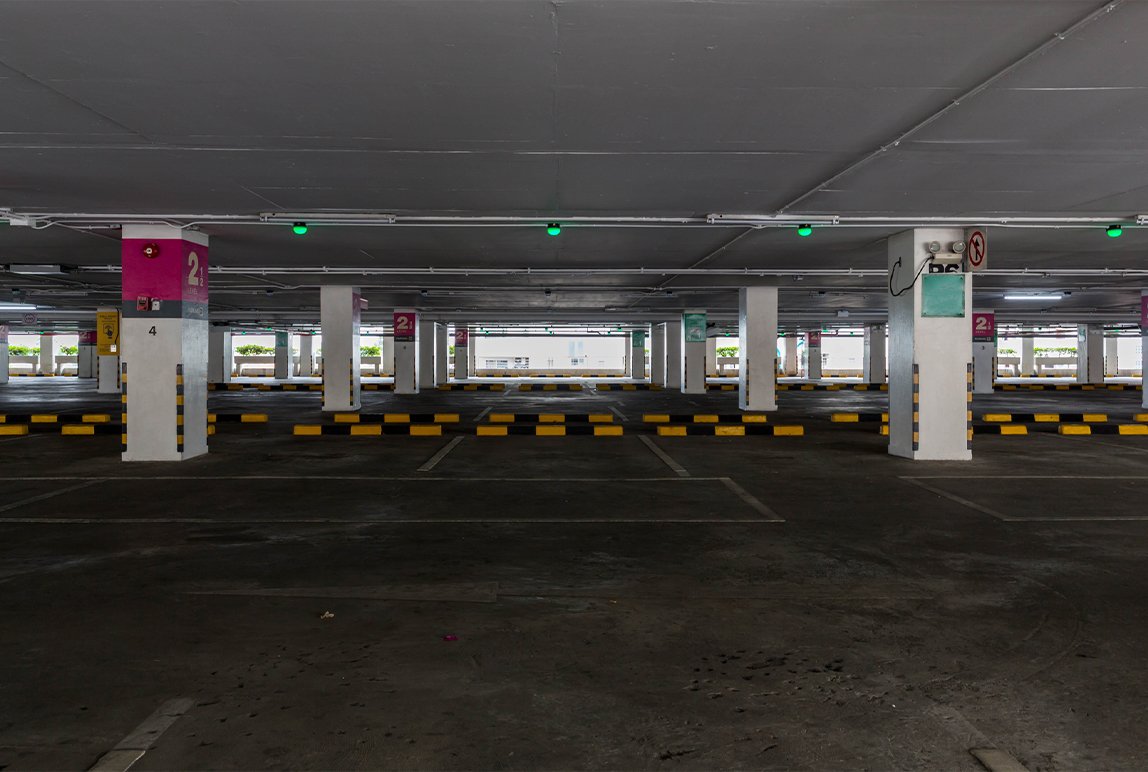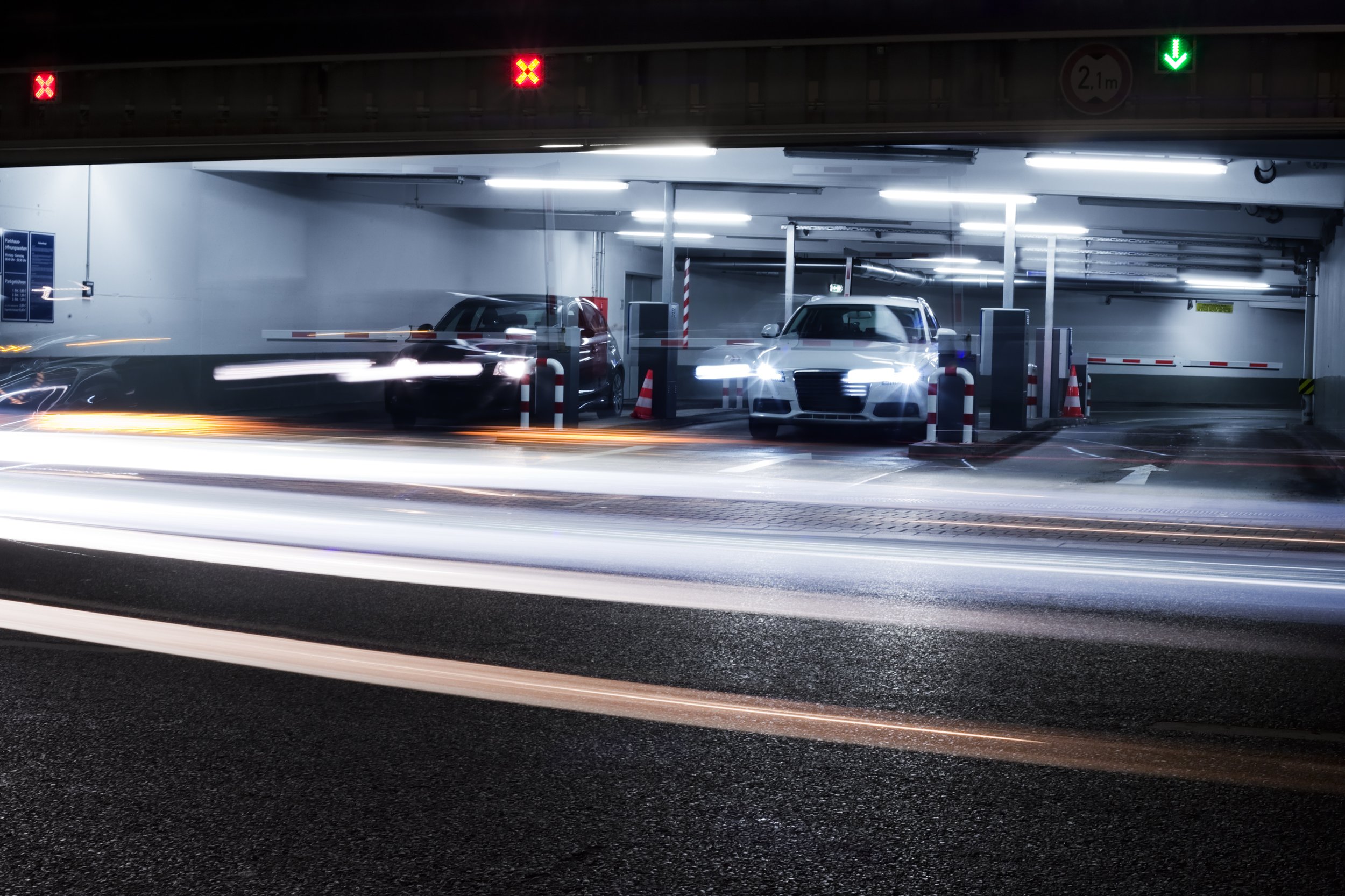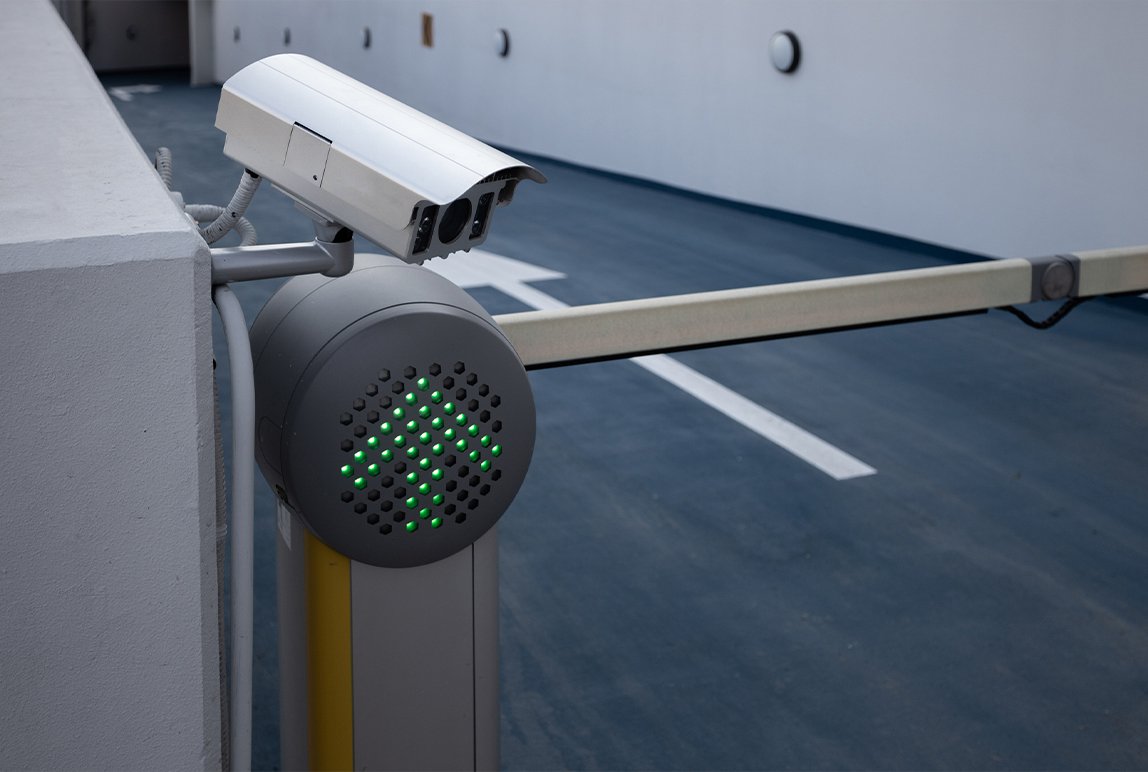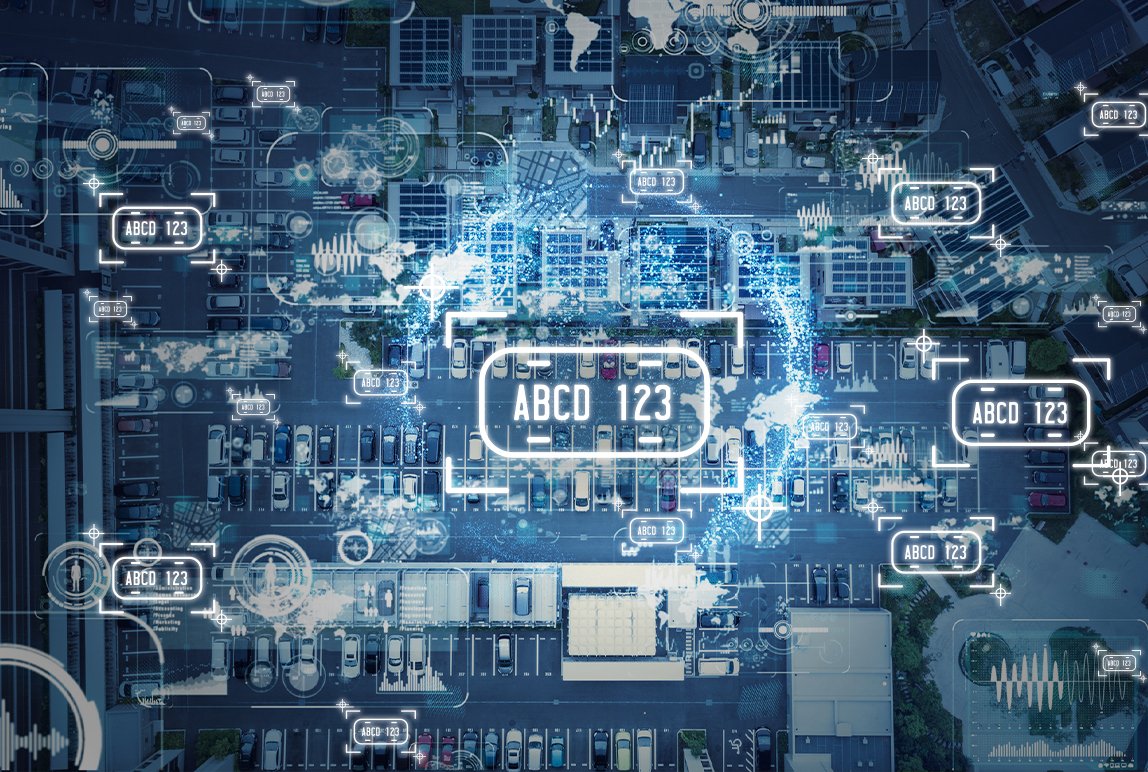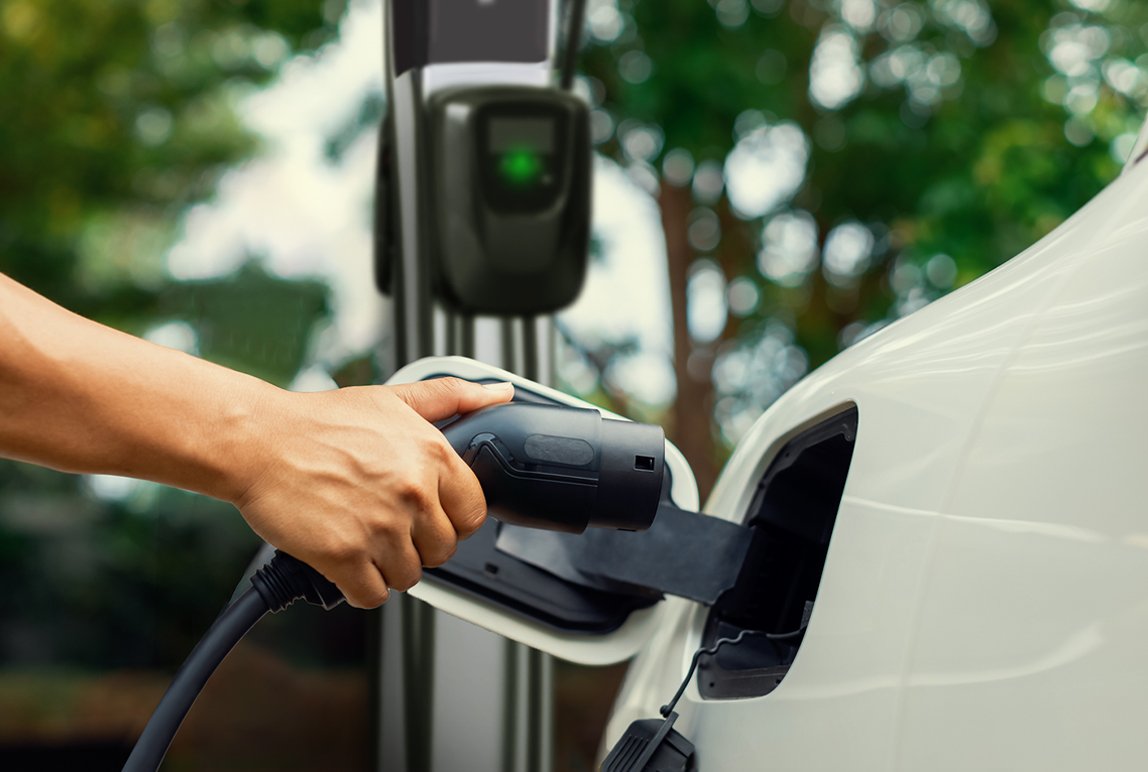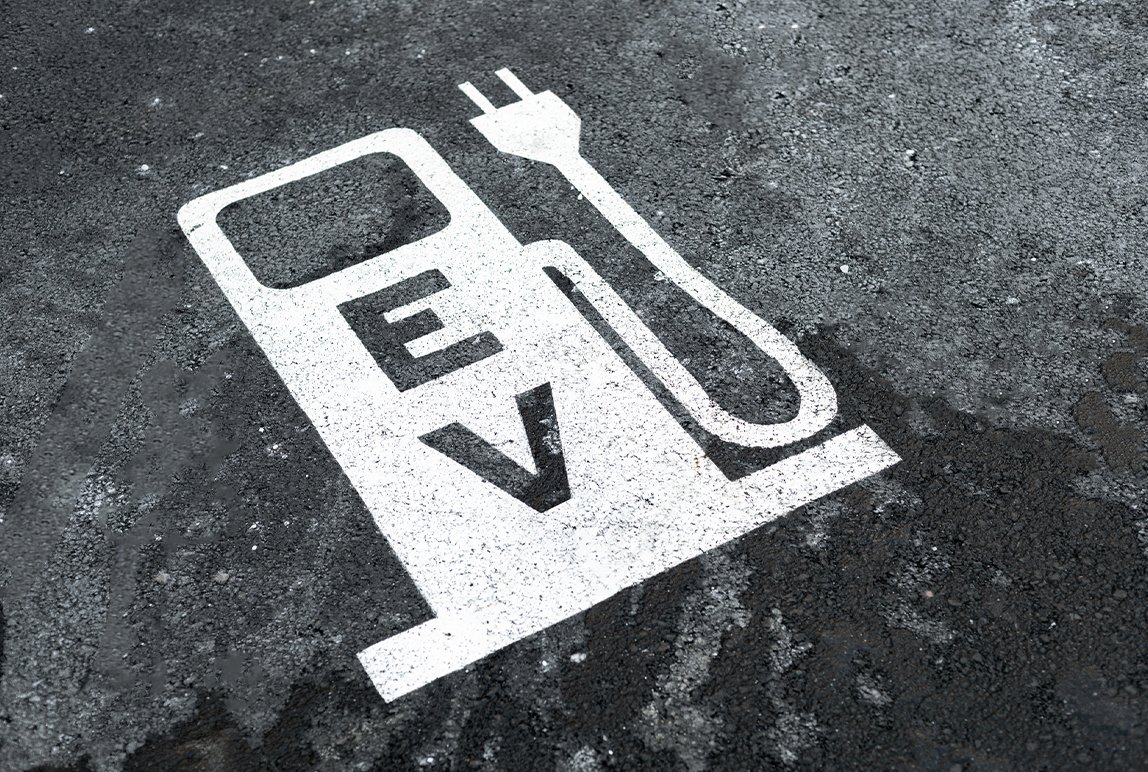6 Considerations When Upgrading the Parking Technology at Your Facility
Posted: March, 18, 2025 1:21 PM ET • 6 min read
Parking technology is crucial in modern operations, impacting efficiency, customer experience, and overall management. As technology evolves, many organizations consider upgrading their parking systems to stay competitive and meet user expectations. However, making the switch requires careful planning and consideration to ensure a smooth transition and maximize the benefits of new technology.
In this article, we explore six key considerations to make when deciding to upgrade your technology.
1. Define Your Objectives
Before implementing new parking technology, it is essential to establish clear objectives. Understanding your aim will guide your decision-making and help you select the right solution. Are you looking to enhance revenue through better space utilization? Do you want to improve convenience with mobile payments and contactless transactions? Identifying your key goals will ensure the chosen technology aligns with your long-term business strategy.
2. Assess Your Current System
Evaluating your existing parking technology is critical in determining whether an upgrade is needed. Consider the limitations of your current system. Are outdated machines causing frequent malfunctions? Are there integration issues with other platforms, such as payment processing or enforcement tools? Gathering feedback from customers and staff can provide valuable insights into the pain points that need to be addressed. Understanding these challenges will help you choose a solution that fills the gaps and enhances overall efficiency.
3. Understand Your Budget and ROI
Upgrading your parking technology requires a financial investment, so assessing your budget and the expected return on investment (ROI) is important. Beyond the initial purchase and installation costs, consider ongoing maintenance, software updates, and staff training. A well-planned investment can lead to long-term cost savings through automation, reduced manual labour, and improved operational efficiency. Additionally, technology that enhances customer satisfaction and streamlines payments can contribute to increased revenue.
4. Research Available Technologies
The parking industry has seen significant technology advancements, and selecting the right solution requires thorough research. Modern parking systems include mobile payment platforms, license plate recognition (LPR) systems, cloud-based management tools, and electric vehicle (EV) charging stations. Choosing scalable and future-proof technology ensures that your investment remains valuable as industry standards continue to evolve. It is also beneficial to consider interoperability with other systems to create a seamless parking ecosystem.
5. Consider User Experience
User experience is a key factor in the success of any parking technology upgrade. From a customer’s perspective, the system should be easy to use, offering convenient payment methods, clear signage, and intuitive wayfinding. Accessibility is another important consideration; ensuring that the system accommodates all users, including those with disabilities, is crucial for compliance with inclusivity. The technology should provide parking operators with an efficient, user-friendly interface that simplifies daily operations. Proper staff training is essential to maximize the effectiveness of the new system.
6. Plan for Seamless Transition
A well-executed transition plan is essential to avoid disruptions when switching parking technology. Organizations should decide whether to implement the system in phases or as a full-scale deployment, depending on their operational needs. Testing the new system before a complete rollout can help identify potential issues and minimize downtime. Training staff and educating customers on the new system will also ensure a smoother adoption process.
Upgrading your parking technology is a strategic decision that requires careful planning and evaluation. Organizations can make informed decisions that enhance efficiency and customer satisfaction by defining objectives, assessing current systems, considering costs, researching available solutions, prioritizing user experiences, and planning for a seamless transition. Investing in the right parking technology optimizes operations and ensures long-term success in an evolving industry. For expert guidance, consulting a trusted technology provider can help navigate the transition and maximize the benefits of your new system.
References
Froehlich, A. (2022, October 18). Smart parking technology benefits and considerations for commercial properties. Buildings. https://www.buildings.com/smart-buildings/article/33018521/smart-parking-technologies-benefits-and-considerations-for-commercial-properties
Parking Industry. (2024d, July 30). 4 considerations when transitioning your parking management to a completely automated strategy. Parking Industry. https://www.parkingindustry.ca/parking-management/4-considerations-when-transitioning-your-parking-management-to-a-completely-automated-strategy
Revolutionising parking experiences: The latest smart solutions for seamless and efficient parking. Intertraffic. (2023, June 22). https://www.intertraffic.com/news/latest-smart-solutions-seamless-efficient-parking
Share Article:
Featured Articles
Questions?
Fill out the form below and we will do our best to connect you with a suitable contact.


